Paid media is a form of advertising that involves using paid ad placement to promote a brand. It is an effective technique to generate more traffic and increase brand awareness.
In this article, we will discuss why you should use paid media and how it works, explain the difference between earned, owned, and paid media, highlight the most popular paid media channels, and give some tips on how to create a paid media strategy.
Why use paid media?
Paid media can include social media ads, search ads, banner ads, display ads, native ads, etc. You can use a channel that is potentially the most profitable or mix different ones for better performance. We will explain why using paid media in your marketing strategy is vital.
- Paid media allows you to drive more traffic. Paid ads can help you ensure a wider audience will see your content. It is one of the quickest ways to spread the word about your brand and find new customers.
- You can instantly reach your target audience. Your potential customers already hang out on a certain platform. Consequently, if you advertise on this particular platform, it will be easier for you to reach these people, engage them, and spark their interest in your business.
- It is easy to track your paid marketing efforts. Platforms that provide the opportunity for paid advertising also offer lead generation analytics. You can analyze this information and identify the best channels to promote your business at a reasonable price.
- Paid media helps increase brand awareness. Large-scale campaigns not only drive conversions but attract potential customers.
We will describe how it works in more detail in the next section.
How does paid media work?
Businesses pay for placing their content on other companies’ websites, social media accounts, videos, etc. Examples of paid media include paid search results, social media ads, newsletter sponsorships, and influencer marketing. The audience of these ads includes users who have not bought anything from a company before but are potentially interested in its products or services. Typically, it targets specific consumer segments, such as sales prospects or past customers.
The cost of paid media greatly depends on the channel type, ad duration, and setup if you ask someone to help you with it. Other costs include content creation, website configuration, design, production, etc.
There is no surefire way to predict why one piece of content becomes popular. If you do your research, find out where most of your audience hangs out, create a paid marketing strategy, and choose the platform correctly, you will be able to increase your brand exposure. People who may have never discovered your company on their own can become your clients after seeing your ad on different platforms. You should make potential customers believe they need your product and let them know you can fulfill their needs.
Using paid media and company resources correctly can help you form your earned media. There are different types of media that you can use to reach your business goals. Read more about them in the next section.
The Difference Between Earned, Owned, and Paid Media
It is vital to understand the difference between three types of media channels: paid, owned, and earned. Here, we will describe each one and explain how to use them to promote your business.
Paid media
As you remember, paid media involves posting ads on your customers’ preferred media channels for a certain payment. Advertising platforms help you expand your campaign reach and increase brand awareness using different types of content, such as photos, videos, texts, GIFs, banners, search engine ads, collaborative content, etc. Using paid media helps you reach your target audience and find new customers.
Owned Media
As the name suggests, these media are created, promoted, and controlled by a business owner who wants to develop their company. These channels can include a product website, social media pages, company blog, and YouTube channel. The audience of owned media consists of existing customers.
The main reason to have your own media channels is to build long-term and trusting relationships with the audience. You can also build a landing page that your paid ad viewers can visit and convert. In this case, conversion depends on the quality and relevance of your content.
Earned Media
Earned media refer to online word-of-mouth promotion. It is usually seen in the form of ‘viral’ content. The audience of earned media includes brand fans, subscribers, and leads in the consideration stage. These people create user-generated content (UGC) and promote your business using word of mouth. Examples of such media include recommendations, mentions, discussions on sites, likes and comments, online reviews, and content sharing.
Earned media channels form a recognizable, honest, and reliable brand image. This is the result of a well-planned marketing strategy, customers’ brand awareness, and active business promotion.
Paid media should work in tandem with earned and owned media to help your business grow. Although each option requires lots of time and costs, you can still reap many benefits if you create a winning strategy and implement it correctly. We recommend combining paid, owned, and earned media in your marketing strategy to have a synergistic effect.
To build an effective strategy, you need to choose the right channels. Let’s find out more about them in the next section.
Paid Media Channels
Here, we will concentrate on various ways you can promote your brand through paid media. The most popular channels are search engine ads, social media ads, banner ads, native ads, OOH, and DOOH ads. Let’s look at each one in more detail.
1. Search engine ads
Search engine advertising is a branch of digital marketing. Ads are posted on search engines such as Google and then appear on the search engine result page (SERP). This type of advertising is a cost-effective way to promote businesses.
All ads go through the ad auction before they appear in search results. It always occurs when someone searches for something. To enter the auction, advertisers identify their keywords and state how much money they want to spend to place their ads. If the keywords you bid on are in a user’s search query, your ads enter the ad auction.
There are a multitude of factors that influence the SERP ad placement. The two main ones are the maximum bid and the Quality Score of your ads. Your maximum bid is the biggest amount of money you are willing to pay for a click. Your Quality Score is based on the overall quality of your advertisement.
Search engine advertising works based on two pricing models: Pay-Per-Click (PPC) and Pay Per Impression (PPI) ads.
- When you use PPC ads, you pay only when a user clicks on them. To use this model effectively, you should identify the relevant keywords and choose the right platform for advertising.
- When you use PPI ads, you pay each time your ad is displayed on a site, and it does not matter whether people click on it or not. Viewing PPI ads costs cheaper than clicking on PPC ones. They are usually charged per thousand impressions.
You can see an example of a search engine ad below. This is the first ad that appears when you look for a school to learn Chinese.
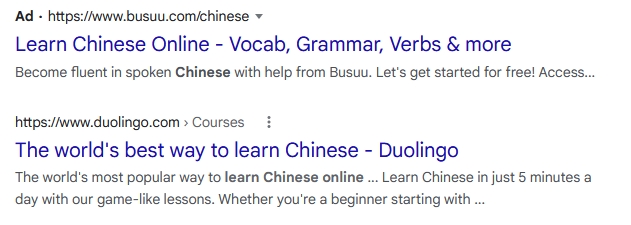
2. Social media ads
You can create a business account on almost every social media platform to promote your new posts or boost existing ones using one of today’s most popular ways of advertising. You can advertise to users depending on their interests, behavior, demographics, location, etc.
The most popular social media for advertising now are Facebook and Instagram. They allow you to create targeted posts, stories, and reels to reach your audience.
You can also promote your brand with the help of influencer marketing and native ads. In this case, bloggers advertise brands’ products to their followers. Businesses pay these people a negotiated amount of money or a percentage of the campaign’s profit, or some even accept gifts and goodies in exchange for an advertisement.
For example, here is a Pinterest display ad that redirects users to the Instagram account of a fashion brand where potential customers can buy its products.
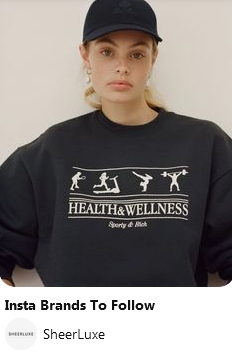
3. Banner ads
They are also called display ads and web ads. This type of advertising is embedded into the publisher’s website in the form of an image and text, but it can also contain GIFs, videos, and interactive elements. Banner ads show up on websites for a limited period of time and lead to advertisers’ sites.
You are not restricted by users’ preferred social media when using banner advertising. Businesses often use contextual targeting. In this case, you specify certain keywords and find sites to place your display ads on. You can also target users based on their interests, geographic location, language, demographics, and certain publication topics.
There are a few ways to place your ad on a site. You can do this with the help of ad networks that allow brokers to buy ad space and then sell it to advertisers. Another option is to go for an ad exchange, which is a digital marketplace that enables display advertisers to buy ad inventory from ad networks.
Banner ad cost is calculated according to the number of impressions and depends on its placement, size, and the audience of the website you are advertising on. An advertising campaign typically lasts for at least a month.
To measure the effectiveness of an ad, companies track their CTR, which is the percentage of users that click on your ad. The efficiency of an ad (click-through ratio) is the number of clicks divided by the number of ad impressions.
Take a look at this banner ad at the bottom of the website page. When you want to watch ‘Moana’ on this site, you will see an advertisement that offers you to buy tickets to the cinema.
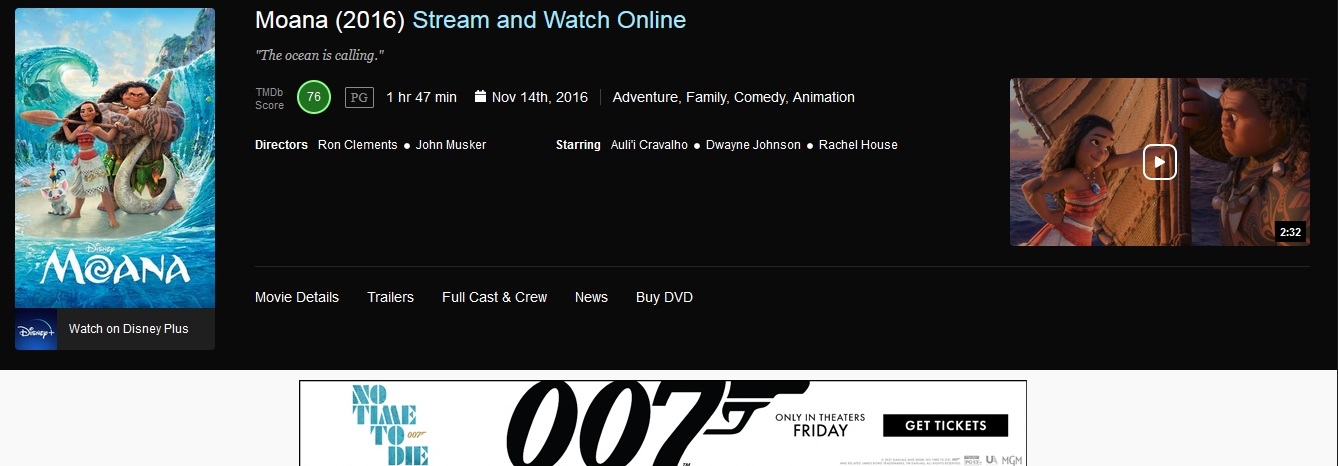
4. Native ads
Native ads look like unpaid content, so users often do not identify them as ads. This type of advertising shows up on publisher websites as sponsored and recommended content, advertorial articles, and collaborative content. Native ads are popular across social media like Facebook, Twitter, and Instagram.
According to the study carried out by IPG Media Lab & Sharethrough, native ads have more chances to become viral on social networks than display ones. Consumers look through native ads 53% more frequently than display ads, and 32% of people are ready to share such information.
Have a look at this Instagram native ad example below. Here we can see that the blogger promotes a clothing shop that sent her a shirt and sweater. This photo looks natural, and people understand that this is an ad only from the caption.
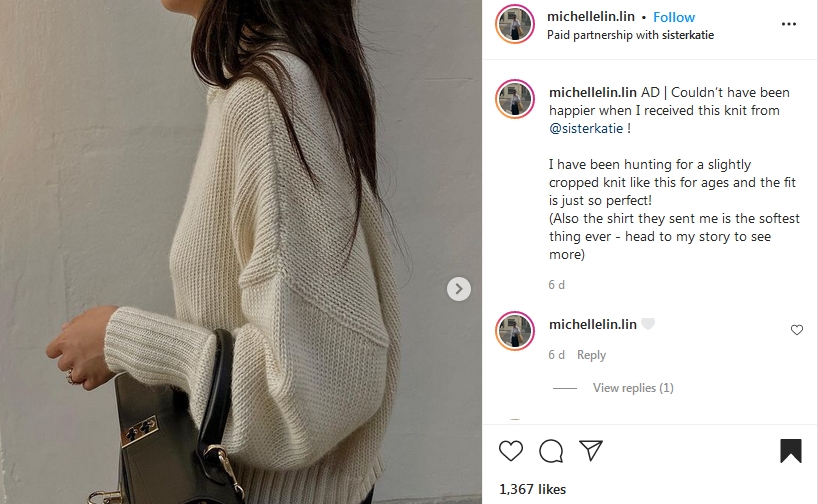
Now you know how paid media channels work and are aware of their advantages. Let’s proceed to the next section to discover how to combine them to create a paid media strategy.
Paid Media Strategy
It is crucial that you know the basics of marketing and sales if you want to promote your business successfully. We give some advice on how to create a foolproof paid media strategy from the first try.
1. Find out more about your audience
Before starting an advertising campaign, you need to do some research. This step is vital because the success of your ad depends on the knowledge you have about your target audience. Start from these questions:
- What type of content do your customers prefer?
- What channels do they use to find goods?
- What topics are most likely to pique the interest of your audience?
- What ad formats do these people find more appealing?
After having done the research, you can move on to create ads.
2. Diversify the channels
It is difficult to instantly single out the most effective advertising channels, but we recommend concentrating on the ones your customers use the most. However, try to diversify your advertising budget to try different platforms and save yourself from overspending. Determine the most effective channels, and split your budget between them. Make sure the content you promote is channel-appropriate.
3. Use both display and native ads
Consumers do not want their online experiences to be interrupted by ads, so many internet users are biased towards brands that do that. However, customers’ attitude towards native ads is better, as they do not contain aggressive advertising messages. Consequently, native advertising raises your campaign’s effectiveness and increases your potential clients’ loyalty.
Natural advertising does not fall into the “banner blindness” zone because it does not invade users’ personal space and fits into any platform format rather organically. Consumers receive the needed information and do not notice the difference between the plain and promoted content. Moreover, users cannot block these ads.
Check out this ad for a clothing shop. The influencer made a photo on her own, so it looks native and does not cause banner blindness.
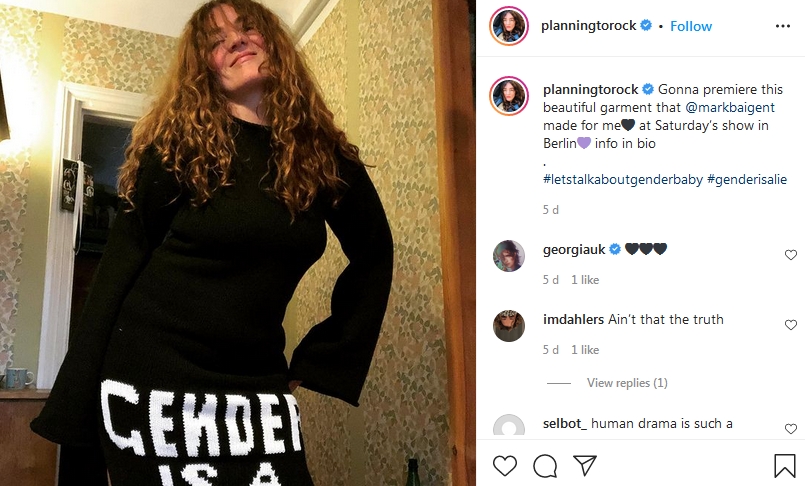
On the other hand, display ads are eye-catching and visually appealing. They increase your potential customers’ brand awareness and provide more remarketing opportunities. Take a look at this Apple display ad example. According to WordStream, it was one of the most effective ads in 2020.

As you can see, there are both benefits and disadvantages to these two types of advertising.
4. Partner with influencers
Using influencers’ content in your ads is one of the types of native advertising. These people have a large audience who trust them and often buy products that bloggers promote.
Find creators who have an active audience and produce amazing content. Check their reached accounts and content interactions. Work only with experts in your niche. Choose bloggers who have the same values as you do and a trusting relationship with their audiences.
For instance, let’s take the collaboration between Lady Gaga and Dom Pérignon as our example. They created a special limited-edition product, and now Gaga promotes it on her page as an influencer.
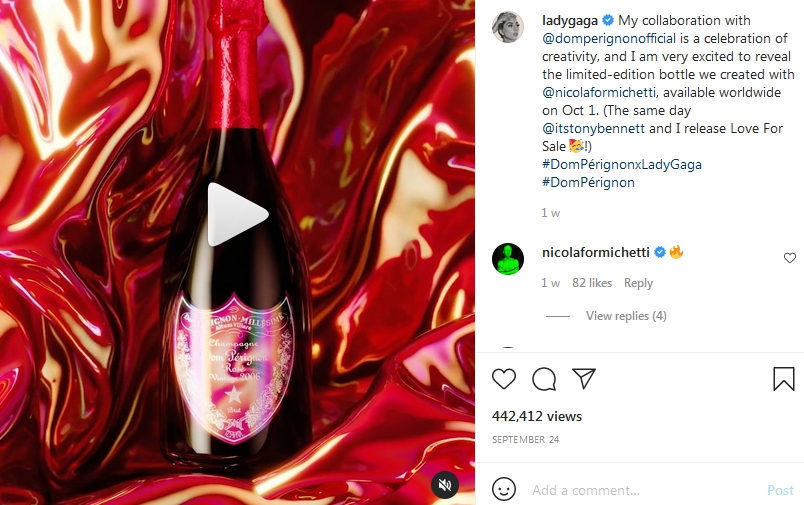
5. Promote user-generated content
User-generated content is original content created by your audience. It is a type of earned media that you can use to advertise your product. The most popular examples of UGC are photos of your product, online reviews, mentions, and recommendations.
Consumers trust reviews from other people. Consequently, happy customers are the best advocates since they can give plenty of unique feedback based on their experiences with your brand and provide social proof.
Check out an example of UGC content on the page of a fashion brand called CULTNAKED. They use photos made by their customers on their own page for promotion.
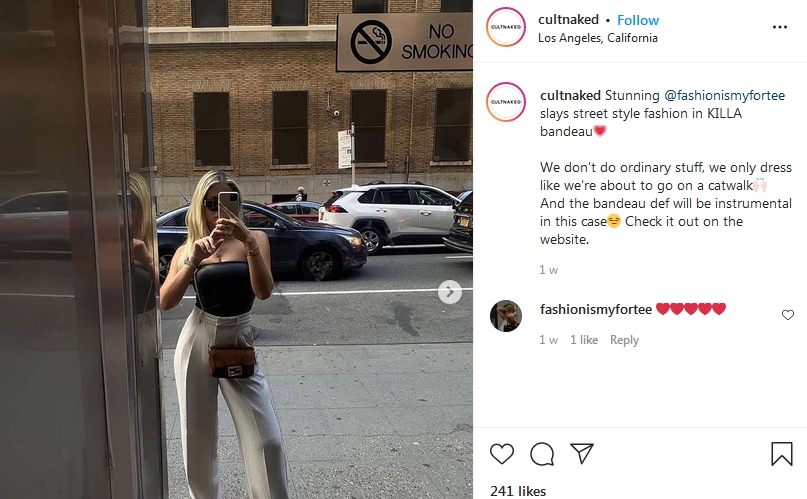
6. Create a video
Video is becoming more and more popular in advertising. According to research conducted by Wyzowl’s State of Video Marketing Survey, 93% of marketers who use video say that it’s an important part of their marketing strategy. Moreover, 87% of video marketers reported that video ads give them a positive ROI.
You can create video ads to promote instructions, guides, unboxings, and reviews. Work with your in-house team, hire an agency, or partner with an influencer to create high-performing video content.
Congrats, now you are ready to create a successful paid media strategy. If you are interested in your brand promotion, SendPulse offers lots of opportunities, such as sending promotional email campaigns, creating chatbots and landing pages, and automating your sales with the CRM system. We provide 24/7 support, high quality, and unlimited free pricing plans.
Last Updated: 06.12.2023

or